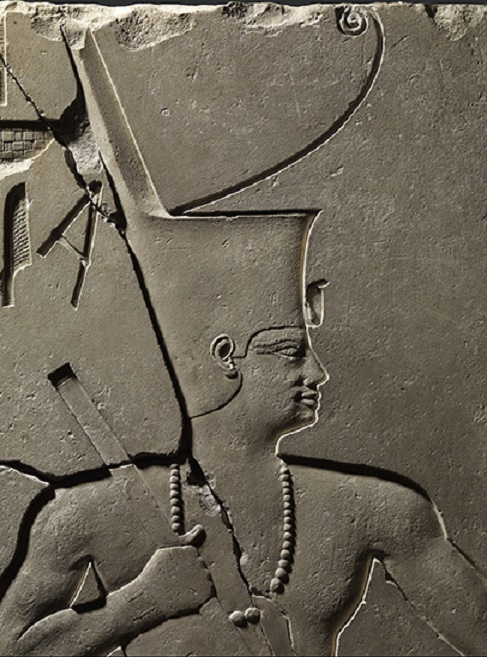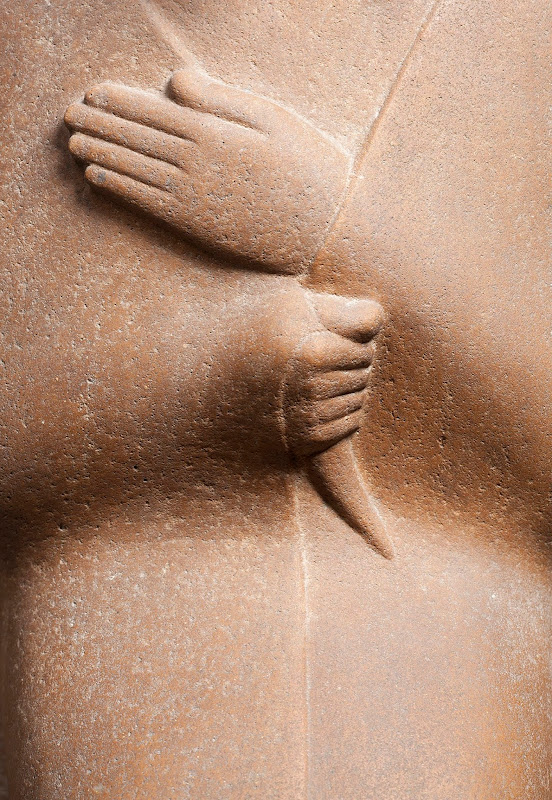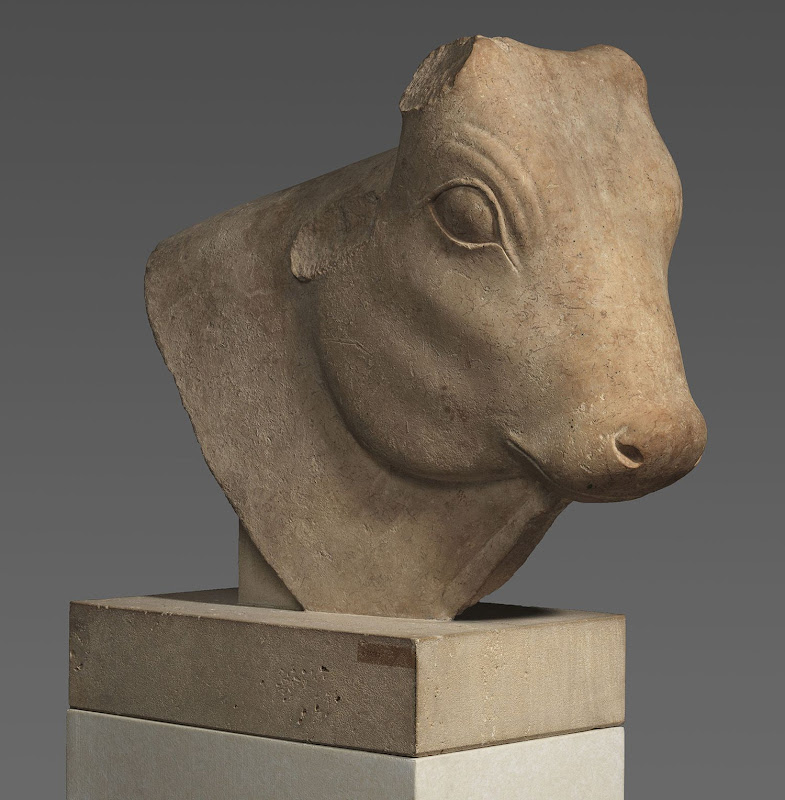The reunification of ancient Egypt achieved by Nebhepetre Mentuhotep II—the first pharaoh of the Middle Kingdom—was followed by a great cultural flowering that lasted nearly 400 years. During the Middle Kingdom (mid-Dynasty 11–Dynasty 13, around 2030–1650 B.C.), artistic, cultural, religious, and political traditions first conceived and instituted during the Old Kingdom were revived and reimagined.

“The astonishing continuity of ancient Egyptian culture, with certain basic principles lasting for thousands of years, gives the impression of changelessness,” said Adela Oppenheim, Curator of Egyptian Art. “But the works of art in the exhibition will show that ancient Egypt constantly evolved, and was remarkably flexible within a consistent framework. New ideas did not simply replace earlier notions; they were added to what had come before, creating a fascinating society of ever-increasing complexity.”
Arranged thematically and chronologically, the exhibition opens with a forceful, monumental statue of King Mentuhotep II, carved in an intentionally archaic style that suggests a link to the legendary kings of early Egypt (ca. 3300 B.C.).

During the 12th Dynasty, the construction of pyramid complexes resumes, after a lapse of more than a century. The innovation found in these complexes is exemplified by that of Senwosret III (around 1878-1840 B.C.) at Dahshur, site of Metropolitan Museum excavations since 1990. A detailed 1-to-150 scale model made by Ron Street, Supervisor of the Museum’s Three-Dimensional Imaging, Prototyping, and Molding Studio, will show the original form of the complex.
Royal women were always closely connected to the pharaoh, as evidenced by the placement of their burials and chapels near those of the king. Although less is known about Middle Kingdom queens and princesses, indicating altered or perhaps diminished roles during the era, some of the finest ancient Egyptian jewelry was produced for elite women of the time. Inscriptions and symbolic motifs endowed the jewelry with spiritual power and related to the role these women played in supporting the kings as guarantors of divine order on earth.

Thematic groupings of artifacts from domestic settings, tombs, and temples reveal the breadth of artistic expression, evolution of styles, and the transformation of many aspects of Egyptian culture and religion. First attested in the Middle Kingdom are a variety of intriguing, protective magical objects, notably some that were believed to shield pregnant women and young children. Among them are curved hippopotamus tusks that are unique to this era and are covered with images of beneficial supernatural beings.
The family was always a central element of ancient Egyptian culture, but in the Middle Kingdom larger groups of relatives are depicted together on stelae and sculptures. One remarkable stela on view features depictions of 30 individuals. Others include poignant groupings of mothers and their young children.

During the Middle Kingdom, the god Osiris gained importance as a funerary deity and, from then on, the dead at all levels of society became manifestations of the god. Because Osiris functioned as the ruler of the underworld, certain symbols and regalia that had been the sole prerogative of the reigning king were appropriated for non-royal use: mummies sometimes had a uraeus on the brow (a stylized cobra usually seen on a pharaoh’s crown), and a flail (a standard attribute of the pharaoh) could be placed inside a coffin. Canopic jars, which held the organs of the deceased, became much more ornate in the Middle Kingdom. With lids in the form of human heads, the vessels are small sculptures in their own right.
As devotion to Osiris increased, his cult center at Abydos (north of Luxor) gained prominence. Annual processions were held between his temple and his supposed burial place in the desert to the west. To participate eternally in these elaborate rites and ensure their afterlife, individuals at many levels of society erected memorial chapels—some with outstanding artworks—for themselves and their families along the procession route.

[Credit: Louvre Museum]
Colossal statues were first made during the Old Kingdom, but they became much more common during the Middle Kingdom. Portions of colossal statues will be displayed throughout the exhibition, with the largest in scale being presented at its conclusion: a monumental head of pharaoh Amenemhat III that was transported to the Delta city of Bubastis and reused by later kings. The same happened to the colossal statue of a mid-Dynasty 12 king, on loan from the Ägyptisches Museum und Papyrussammlung, Berlin, and on view in the Museum’s Great Hall. Pharaohs after the Middle Kingdom reused the monuments of their predecessors, particularly those of the Middle Kingdom, both for economy and to link themselves to the past.
General knowledge of the history of the Middle Kingdom—the achievements of its artists, its religious beliefs, burial customs, and relationships with other lands—stems in large part from Metropolitan Museum sponsorship of numerous excavations at Middle Kingdom sites including Deir el-Bahri (1920–31), Lisht (1906–34, 1984–91), and Dahshur (1990–present).
Source: The Metropolitan Museum of Art [September 26, 2015]